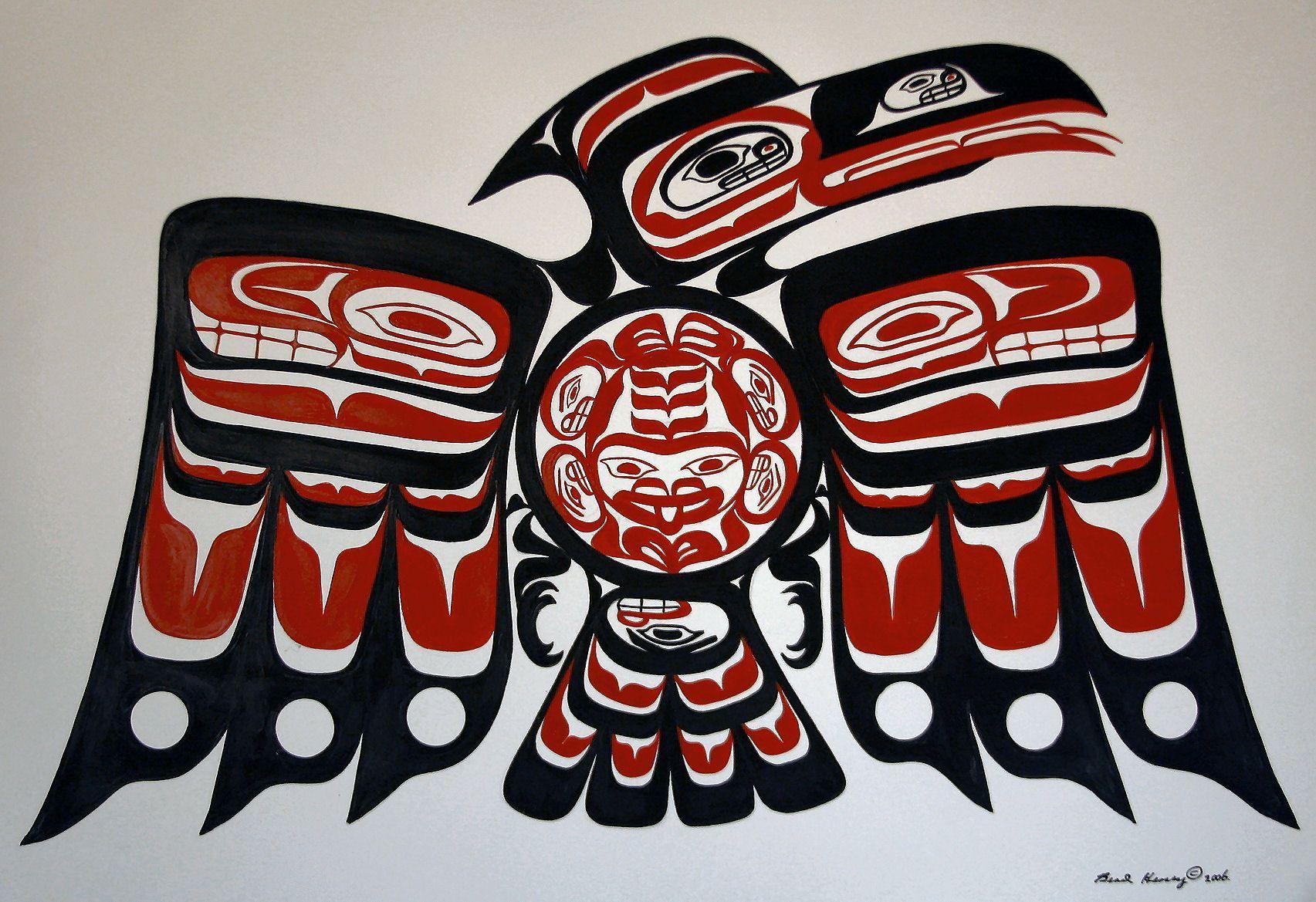
Beginning in 1977, he was a board member of the National Museum of the American Indian, which now has buildings in both New York City and Washington, DC.ĭeloria began his academic career in 1970 at Western Washington State College at Bellingham, Washington. From 1964–1967, he had served as executive director of the National Congress of American Indians, increasing tribal membership from 19 to 156. He was widely known for his book Custer Died for Your Sins: An Indian Manifesto (1969), which helped generate national attention to Native American issues in the same year as the Alcatraz-Red Power Movement.

was an American Indian author, theologian, historian, and activist. With more than two thousand American settlers in the Pacific Northwest by 1852, and with many more to come, the outbreak of disease and the encroachment of land speculators, railroad capitalists, and logging and mining interests forced the Native Americans to give up their ancestral lands and move to reservations.ĭeloria speaks with a measure of sadness, outrage, and hope, writing a moving account of the Pacific Northwest Indians' struggle that began with the arrival of the white settlers and continues today.

Deloria describes in devastating detail the ramifications of the Europeans' migration into the territory. Raising the possibility that the utopian lifestyle enjoyed by the Indians of the Pacific Northwest might have continued in perpetuity had Europeans not sought a Northwest Passage. explains in depth this veritable paradise and its ultimate demise.

Detailing the associated culture, technologies, and techniques, Vine Deloria Jr. The Native Americans who lived there enjoyed a bounty of seafood, waterfowl, and berries, which they expertly collected and preserved. Prior to the onslaught of the Europeans, the Puget Sound area was one of the most heavily populated regions north of Mexico City.


 0 kommentar(er)
0 kommentar(er)
